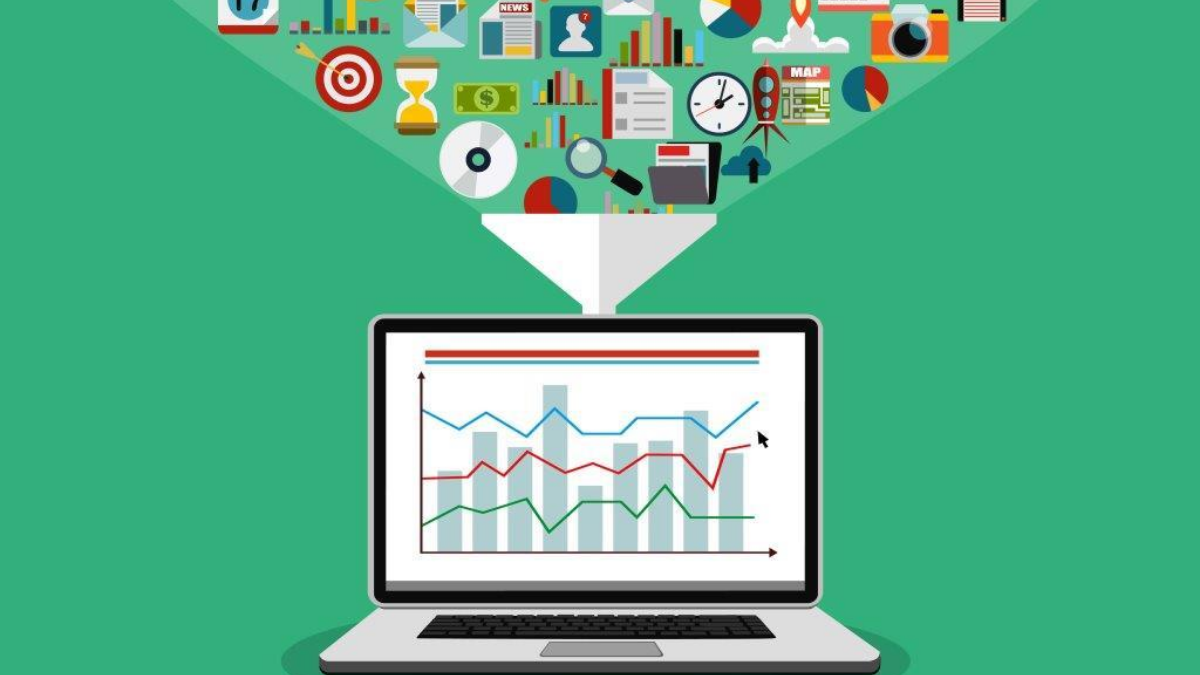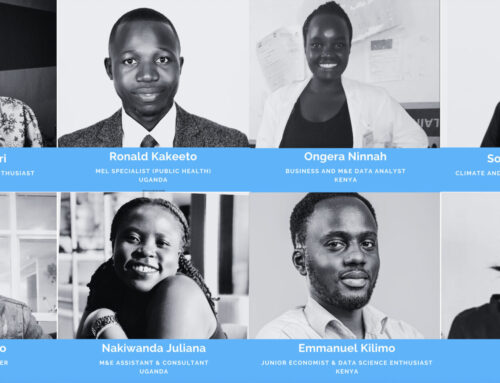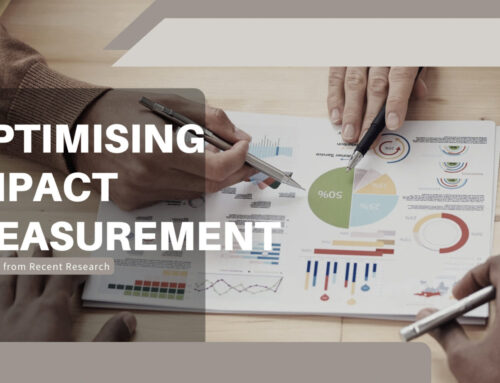The gLocal 2020 Evaluation week provided an opportunity for evaluation knowledge sharing that promotes evidence-based policy-making and improved development outcomes. We built on the lessons learned from last year’s edition to bring global evaluation knowledge that shapes local evaluation practices that influence global evaluation thinking. With the evolving situation of the COVID-Q19 pandemic, we hosted a virtual event to ensure individuals participated and a major outcome of the discussions from participating organizations working around COVID-19 data at the subnational level was the lack of good quality data especially administrative data in Nigeria.
Administrative data, which is data collected routinely, can be a vital source of information to generate evidence to make informed decisions.
The overall process of managing and collecting administrative data can be broken down into five recommended steps and put into context as strategies the government can adopt as a tool for planning and gathering admin data, as lockdown restrictions are gradually being lifted.
Administrative data, which is data collected routinely, can be a vital source of information to generate evidence to make informed decisions.
Establish Procedures for Collecting the Data
Put together a plan that describes how the data will be collected and managed by choosing a data manager to establish a team that will collect the data. Organize a system of data entry after training data clerks/interviewers and then link newly collected data with existing data that are already collected by the government or some other organization. A general recommendation for data entry is that it should be done as soon as possible after the interviews have been completed. In many cases, data is still collected using paper questionnaires, so data entry takes place after the paper questionnaires have been filled out. In such cases, a system should be set up that ensures that data entry will be done within at most a few days of the date of the interview. With either type of questionnaire (paper or electronic), a data entry program is needed for storing the data electronically and, more importantly, to check the internal consistency of the data. Some specific points on this are;
- There are several software programs available. For a recent assessment of when to use computer-assisted personal interviewing (CAPI) software, see https://support.mysurvey.solutions/getting-started/implementing-a-capi-survey/
- The software should check for internal consistency and “beep” (or send some other signal) when inconsistencies are found. If this occurs during the interview, the interviewer can re-ask questions to resolve the inconsistency. If data is entered after the interview, ideally there is time to resolve the inconsistency.
- Four kinds of data checks are (i) range checks; (ii) checks against reference tables (e.g. anthropometric data); (iii) check that skip codes are correctly followed; and, (iv) mutually inconsistent data.
- The draft program should be checked during the field test and the training
Collect the Data (Including Monitoring of Data Quality)
Once the procedures have been established for collecting the data, the interviewers and supervisors have been trained, and the questionnaire and data entry program has been finalized, the survey teams can begin collecting the data.
Check Data Quality
The following is general advice for ensuring data quality during the fieldwork:
- The data entry program should be used as soon as possible after the interview has been completed.
- It is quite possible that errors will be found in the questionnaire and/or the data entry program. New instructions for modifying the questionnaire should be provided as soon as possible for all teams, and a corrected data entry program should also be sent to all teams as soon as possible.
- All problems with data quality that cannot be resolved in the field should be reported to the top management immediately.
Create Data Files for Analysis and Dissemination
Even before the data quality checks are conducted after the fieldwork is done, it is necessary to organize the data into files that are organized by the type of data. For example, many household questionnaires will be divided into sections that cover different topics, such as the household roster (list of household members with basic demographic information), education, health, employment, and income. It is not very useful to have a separate data file for each household. Instead, files should be created that have a household roster for all households, education for all households, etc. These can be merged using community and household ID codes to conduct analysis. A good instance is the NBS use of General Household Survey 2018-2019 to represent the risk of limited access to COVID-19 treatment arising from low accessibility to health facilities and low usage of the medical system.
Establish a System to Store, Revise and Disseminate the Data
The organization undertaking the data collection process should take the responsibility for storing the data, revising it, and disseminating it to interested policy-makers, researchers, etc In some cases that organization is not expected to continue indefinitely, in which case the data could be transferred to another organization (university or research institute, government evaluation unit). The national bureau of statistics in Nigeria is the responsible agency for storing, revising, and disseminating data through its online Data Analysis Portal allows for the dissemination of statistical data with a wide range of functionalities including maps, data analysis, and reports.
Data collection processes when properly deployed in Nigeria can help policy-makers make evidence-based decisions and policies, especially in the fight to contain the spread of COVID-19. Furthermore Facilitating citizen feedback and promoting social solidarity,
Integrating health, economic, and social data into a single platform are some of the ways to address specific needs and help in course correction.




